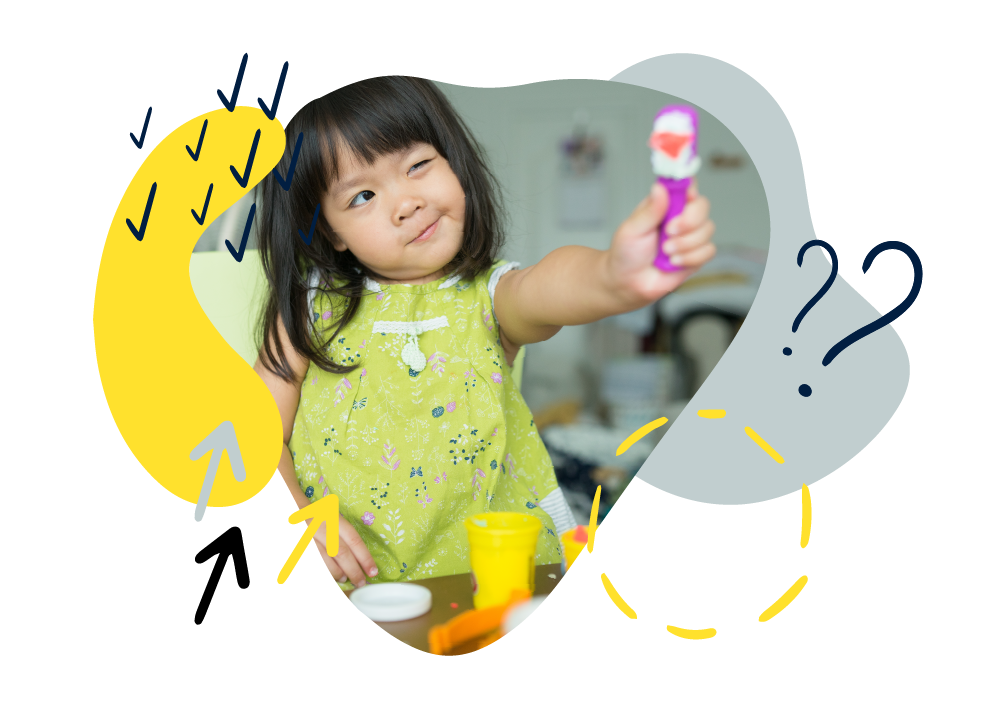Fun learning activities for 0–3-year-olds
There are so many games and activities you can do with your child to have fun together and get them developing important skills, such as speaking and listening and developing hand-eye co-ordination.
We’ve pulled together our top five ideas here, for you to check out!
Games and activities
1. Sing together
Children enjoy exploring and experimenting with language and it helps them to learn new words and their meanings and also to listen to the sounds that make those words. So sing, rhyme, shout, whisper, rap and dance to the beat!
2. Painting and drawing
Give your child lots of opportunities to draw and paint. This is not only fun, but also can help to develop eye-hand coordination and control.
Let them experiment with lots of different materials – paint brushes with a range of widths, pencils, crayons, chalks and finger paint. You could try playing music when they paint and draw as this can help to create a relaxing environment.
3. Hands-on games
- Use modelling clay to get creative and develop fine motor skills.
- Threading beads, macaroni or cotton reels on wool or string can help with eye-hand co-ordination and control.
- Joining the dots and drawing paths through simple mazes are not only fun but are a great way to develop eye-hand coordination and pen control.
- Enjoy jigsaws together and chat about finding the right pieces!
4. Reading books of all kinds together
Have fun reading books of all kinds to your child: picture, words and pictures, pop up, information and poetry. Why not choose something from our free eBook library to share on-screen together?
Watch our story time YouTube playlist for videos of storytellers reading favourite traditional stories.
5. Talk about numbers around you
It’s never too early to explore numbers with your child. Numbers are all around us, from calendars to the remote control, the telephone to car registration plates.
Try pointing out numbers when you’re out and about – on front doors, signs, the front of buses and train platforms. Talking about numbers around you early and often will help your child to recognize numerals and show them that numbers are part of everyday life.
